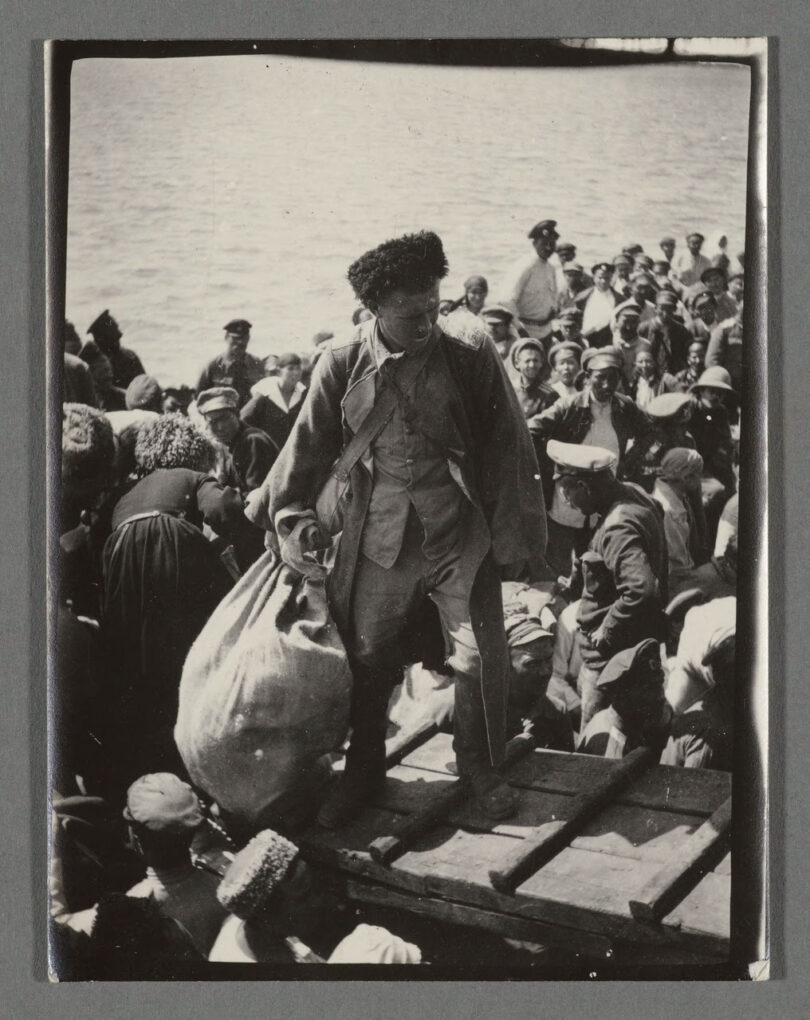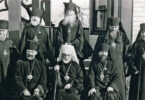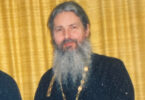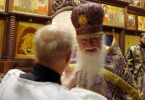Patriarch St. Tikhon, the Holy Synod, and the Supreme Church Council of the Russian Church issued Ukase (Decree) No. 362 on this day in 1920.
The notions of oikonomia and akribeia are often opposed throughout various church controversies. The first can loosely correspond to prudent adjustment of the norms of church law to less-than-perfect circumstances, while the second underscores the uttermost obedience to these norms. Both paths have their own pitfalls, as do decentralized and centralized approaches to church life during rough times.
In his first year as Primate of the Russian Church, Patriarch Tikhon adopted a course of action with respect to the Communist regime that can be characterized as anti-Soviet. Patriarch Tikhon’s Encyclical to the Archpastors of the Russian Church of September 25/October 8, 1919, marks the beginning of the next phase of his relationship with the Soviet authorities, which was apolitical: “We can decisively declare that it is not up to the Church to establish any particular form of government, but rather up to the people themselves. The Church is not tied to any specific mode of government, since this has but a relative, historical significance.”
Patriarch Tikhon’s encyclical was issued in the period when, more than at any other time, the Armed Forces of the South of Russia were closing in on Moscow. On October 13, 1919, Oryol was taken by Kornilov’s 13th Shock Regiment, followed by Mtsensk on October 14. Would it not have made more sense to bide one’s time if this “Christ-loving army” was only 400 kilometers away from Moscow?
The circumstances surrounding the issuance of Ukase 362 remain to be cleared up. This Decree No. 362 of “His Holiness the Patriarch, the Holy Synod and Supreme Church Council” of November 20, 1920, came into being when the civil war in European Russia was all but over (though an earlier version of the decree was adopted on May 18, 1920). Given the timing of this document, it is puzzling that it refers to “frontlines”. This ukase provided a foundation for temporary autonomy in the event of extreme circumstances.
In January of 1920, Admiral Kolchak, the Supreme Commander of White Army, was executed in Omsk. When, in the night from November 7 to November 8, 1920, a detachment of the 6th Red Army, together with the Revolutionary Insurgent Army of the Ukraine, broke through the defense of the Crimean Peninsula mounted by General Petr Wrangel’s Russian Army, it was clear that the armed forces of the Russian Soviet Federal Socialist Republic had won. Thus, the Russian Civil War was almost finished (although the Russian Far East remained independent). Therefore, one might consider the resolution of November 20, first and foremost, as setting in stone the Church’s successful experience of autonomous organization in territories controlled by the White Army and by Hetman Pavlo Skoropadskyi in Ukraine.
The situation of the Russian ecclesiastical refugees who had been evacuated from the Crimea from November 11 to 16, 1920, comes close to the extraordinary circumstances outlined in the decree. This is confirmed indirectly by the following fact. The guilty verdict in the Bolsheviks’ case against Patriarch Tikhon contains a reference to a statement that the Patriarch made on January 30, 1923, to the effect that he “gave his blessing to the Supreme Church Governance organized by Antony [Khrapovitskii] in Constantinople” (dating from no later than April 17, 1923; cf. Sledstvennoe Delo Patriarkha Tikhona [The Investigative Case File of Patriarch Tikhon]. Moscow, 2000). It remains unclear in what capacity the Patriarch could have given his blessing to ecclesiastical activities within another Local Church.
Both documents, those of 1919 and 1920, may be interpreted to the effect that Patriarch St. Tikhon strove to be Christ-like for his “children” in both camps of the fratricidal Civil War. Ukase No. 362 was accepted in the Russian Church Abroad only in 1922, when she was already organized as an institution along the decree’s lines. Although the ukase was addressed to diocesan bishops, not mentioning bishops leaving their diocese without a flock, the consensus among historians now has finally recognized the legitimacy of the Russian Church Abroad appealing to this document.
Relevant Links:
Archpriest Nikolai Artemov, “The Local Council of 1917-1918 as the Basis and Source for Decree No. 362 of November 7/20, 1920,” Historical Studies of the Russian Church Abroad.
Svetlana Bakonina, “The Far Eastern Church District as an Alternative to the Supreme Church Administration Abroad (On the Closing Down of This Administration in 1922),” Historical Studies of the Russian Church Abroad.
Archpriest Dmitry Olihov, “The Conduct of Regional Conciliar Conferences as a Precursor to the Creation of ROCOR,” Historical Studies of the Russian Church Abroad.
Prof. Sergei V. Troitskii, “The Rights of Bishops Who Have Been Wrongly Deprived of Their Sees,” Historical Studies of the Russian Church Abroad.











